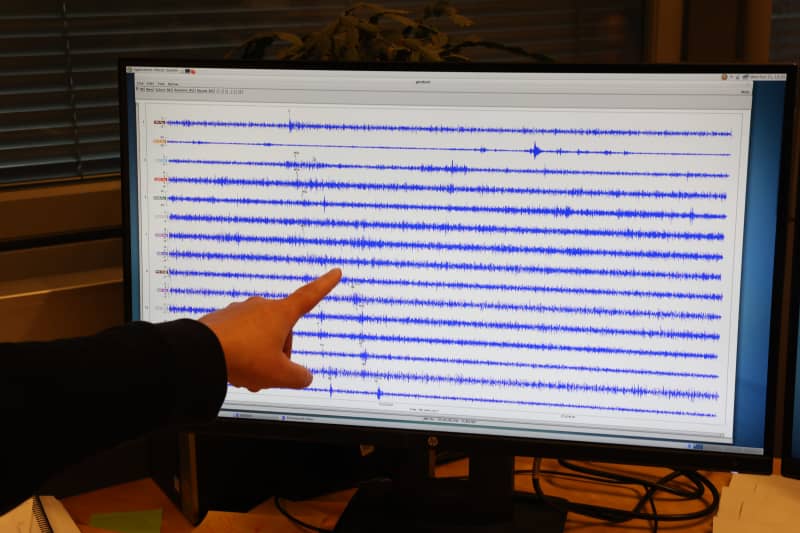We visited the Institute of Seismology at the University of Helsinki to see how earthquake measuring equipment detected the Balticconnector gas pipeline fault.
Contrary to what the layman might imagine, the premises look like a normal office.
Fluorescent lamps illuminate display terminals. There are a few houseplants here and there.
His workplace seems to be a favourite media destination right now. Even now, other media are also present.
The reason is that Kortström has the data of the ground vibration caused by the gas pipeline destruction from seismological measuring stations in Finland. They detected the \”flash\” related to the Balticconnector gas pipeline leak before humans.
Kortström presents his display terminal with which he fiddles with his blue curls.
– It really has registration from many different seismology stations in Finland. These registrations have been reviewed for a few days, and based on them, a seismological event has been located in the Gulf of Finland, says Kortström.

According to Kortström, the shock passed through Suomen as if diagonally. It traveled along the earth’s crust at a speed of six kilometers per second, when the measuring stations in Uusimaa, for example, registered the signal before northern Finland.
Norwegian speed eats into image
The earthquake at the bottom of the Baltic Sea was measured at the Institute of Seismology as having a magnitude of 0.6. It’s quite a bit: for comparison, for example, the weekend’s earthquake in Afghanistan had a magnitude of 6.3.
Therefore, the tremor was also below the detection capability of the automatic system, so the systems did not separately report the exceptional event.
– When we received information on Sunday that there might be something wrong with the gas pipe, we started to investigate these registrations in more detail, says Kortström.
Then the Norwegians noticed it, because the seismic measuring stations in the Nordic countries have a connection to each other’s data.
It was only after the Norwegian seismology research institute Norsari came out that Kumpula in Helsinki was also sure that the measurement results were related to underwater events.
– A small loss of image when the Norwegians got there first. In hindsight, he could have figured it out himself first, says Kortström.

It is unlikely to be an explosion
Norsar also made the same conclusions after analyzing the seismological observation.
On Wednesday afternoon, the Central Criminal Police estimated that the pipe damage was not caused by an explosion, but by mechanical force. KRP is investigating the matter as gross vandalism.
The state administration and the authorities said yesterday, Tuesday, that the pipe and cable were probably damaged on purpose.
*You can discuss the topic until 23:00 on October 13.*
